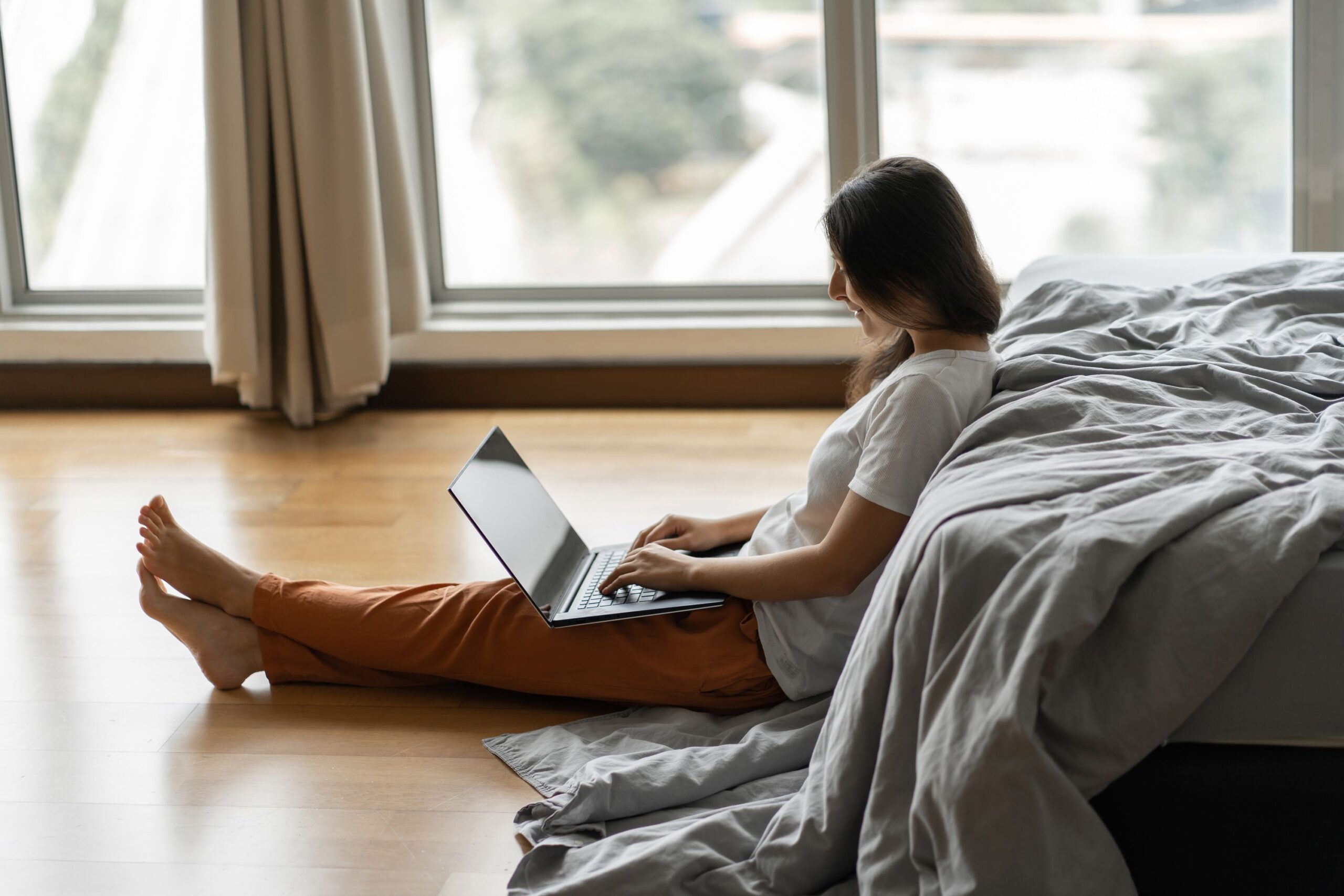Drs Oz and Roizen wrote a book years ago called; You, the Owner’s Manual, about aging and health. Three takeaways that stuck with me are; balance on each leg for one minute a day, climb stairs, and sit on the floor every chance you get. I practice all three of these everyday and I’ve added a sit/stand exercise for thirty seconds everyday.
A recent study demonstrated that an excellent predictor of your overall mortality depends on how easily you can get up from a seated position without arm support. Floor sitting lowers your likelihood of injury by falling, lowers the rate of arthritis, and disease.
Since when did sitting and getting up off the ground become a marker of health and longevity? The chair, according to University of California Berkeley Professor Galen Cranz in her 2013 book, is a fairly recent invention that has shaped our modern behavior. Two thirds of the world population still opts out of using chairs, which may be why populations like the Chinese experience 80-90% less hip arthritis than Westerners. Prolonged chair sitting can make your hips tight and stiff. When you sit on the floor, you can easily stretch your hip flexors. As you actively stretch your hips, your joint mobility will improve as you age.
Floor sitting engages muscles in the core and back that are not used while sitting in a chair. If you sit on the floor, you can’t really slouch. By sitting up straight, you naturally engage your core. Over time, this makes your abdominal and lower back muscles much stronger. Sitting on the floor can also stretch certain muscles, which can increase your range of motion and flexibility.
Sitting on the floor in a cross/legged position also helps with digestion. Some experts recommend eating meals while sitting on the floor. This position helps us focus on our food, make better food choices, and makes us feel fuller faster. Floor sitting contracts the muscles in the abdomen, the vagus nerve – the nerve that transmits signals from the stomach to the brain – informs your brain that you are full, thereby preventing overeating. This position makes us eat slower than we would while sitting at a table. In Ayurveda, it is believed that floor sitting promotes mindfulness, which helps us concentrate on every aspect of our food which makes our food more enjoyable.
Sitting on the floor with your legs crisscrossed allows for better blood circulation throughout your body. Floor sitting often invites a sense of grounding and alertness. Being close to the ground can help you feel more connected to your environment and promote a sense of calm.
When compared to sitting in a chair, sitting on the floor gets more of your body parts moving for more minutes. The act of getting up and down from the floor challenges your bones to maintain their density.
Your ultimate goal is to work up to sitting on the floor at least thirty cumulative minutes a day, everyday. If five minutes feels like all you can do, there’s your starting point. The “upshot” of floor sitting is being able to rise with ease, you’ll be less likely to have a debilitating fall. The ability to easily sit and rise reflects your well-being. If you can move in all the ways that allow you to get up and down with little or no support, then your body is stable, supple, and efficient.
Turns out those Kindergarten teachers who made us sit “crisscross applesauce” were onto something.
Kate Emery General is a retired chef/restaurant owner that was born and raised in Casper, Wyoming. Kate loves her grandchildren, knitting and watercolor painting. Kate and her husband , Matt are longtime residents of Cambridge’s West End where they enjoy swimming and bicycling.



Stokes tomlin says
well, this is certainly illuminating… Thank you very much. I will take this into good advice. I never really thought about this.